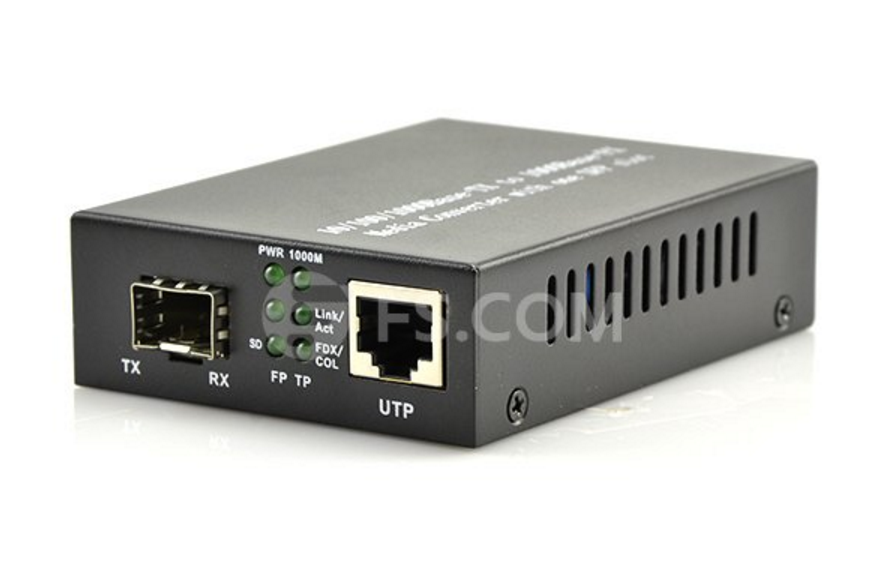With the advances of the information age, a great amount of people specialized in the field of network communication begins to attach great importance to the selection of fiber optic cables. From data and voice to security and videoconferencing, plenty of contemporary cable infrastructure services depend heavily on fiber optics to transmit information of farther distance at a higher speed, which makes fiber optics a standard component in daily communication nowadays. Fiber optics are considered to be a desirable cable medium because of its immunity to electromagnetic interference (EMI) and radio frequency interference (RFI) , not to mention its bandwidth that helps to meet the increased capacity demand, and its reliable reputation to ensure worry-free maintenance. This article is going to focus primarily on some essential component in fiber optic installation and provide some insight into selecting the right fiber optic cable.
Fiber optic cable basically can be used in a wide variety of applications, ranging from small office LANs, data centers to inter-continental communication links. Moreover, its ability to transport signals for significant distances also contributes to its popularity in most networks, whether they are local, wide area or metropolitan. In fact, fiber optic cable is now running down many residential streets and brought directly to the house. Thus, choosing the appropriate fiber optic cable is extremely important for any installation.
It is known to all that the selection concerning the right type of fiber should be based on the immediate application since it varies in different circumstances. Besides, installers should also consider upcoming applications and capacity needs. Future bandwidth demands, transmission distances, applications, and network architecture influence fiber selection just as much as current needs. Therefore, a careful assessment of potential network usage will help avoid the costs of preventable upgrades.
First and foremost, on selecting the right type of fiber, one should decide the mode of fiber needed. The mode of a fiber cable describes how light beams travel on the inside of the fiber cables themselves. Since the two modes aren’t compatible with each other and you can’t substitute one for the other, it is important to make the right choice.
Single-mode fiber optic cable uses a single strand of glass fiber for a single ray of light transmission, which can accommodate further distances and offer virtually unlimited bandwidth. Single-mode has the capacity to carry a signal for miles, making it an ideal option for telephone and cable television providers. And it is also usually employed in campus and metropolitan networks. Single-mode fiber requires laser technology for sending and receiving data, and the high-powered lasers transmit data at greater distances than the light used with multimode fiber.
Multimode fiber optic fiber, as the name indicates, allows the signal to travel in multiple modes, or pathways, along the inside of the glass strand or core. Multimode fiber optic cable is generally adopted in applications involving shorter distances like data center connections. Multimode fiber optic cable transmits Gigabit Ethernet up to 550 m, although it can’t compete with single-mode fiber optic cable in terms of transmission distance, multimode fiber cable is still proved to be a cost-efficient and economical solution.
Connections play an essential role in keeping the information flowing from cable to cable or cable to device. There are lots of connector styles on the market including LC, FC, MT-RJ, ST and SC. There are also MPO/MTP style connectors that will accommodate up to 12 strands of fiber and take up far less space than other connectors. Among them, manufacturers and distributors are more likely to have equipment to accommodate ST and SC style connectors than any other connector style. Especially the SC connectors, with better performance against loss, more efficient installation and easier maintenance, has earned its place in today’s networking applications. As for those data center managers who attach more importance to space-saving, the LC connector is a more ideal option. These connectors offer even lower loss in a smaller form factor and provide higher performance and greater fiber density.
In addition to fiber type and connector selection, another vital issue for the technician is to evaluate the interface option which determines the network performance. The selection of interface is relevant to the fiber type, cable distance and speed of the connection as well. Installers can rely on modular Gigabit fiber-optic interfaces, called gigabit interface converters (GBICs) for most interface converters. These flexible interfaces come in several form factors, including XENPAK and SFP+, and can accommodate a variety of device applications. The picture below shows a typical gigabit fiber optic converter.

While choosing the right interfaces, installers need to take their light sources into consideration. Light-emitting diodes (LEDs) work only with multimode fiber and operate at the 850nm window; laser works only with single-mode fiber and operates at the 1550nm window; and vertical-cavity surface-emitting laser (VCSEL) works with both types of fiber and operates at the 1310nm window.
In summary, to build a well-performed fiber optic system, realizing the applications and capacity expectations should be put into first place. As you can see, selecting the appropriate cable design for your application should require a thorough review of the entire pathway for the cable, including the type of fiber, optical connectors as well as interface options. The decision of selection can affect the fiber protection and performance, ease of the installation, splicing or termination, service lifetime, and, most importantly, cost.



